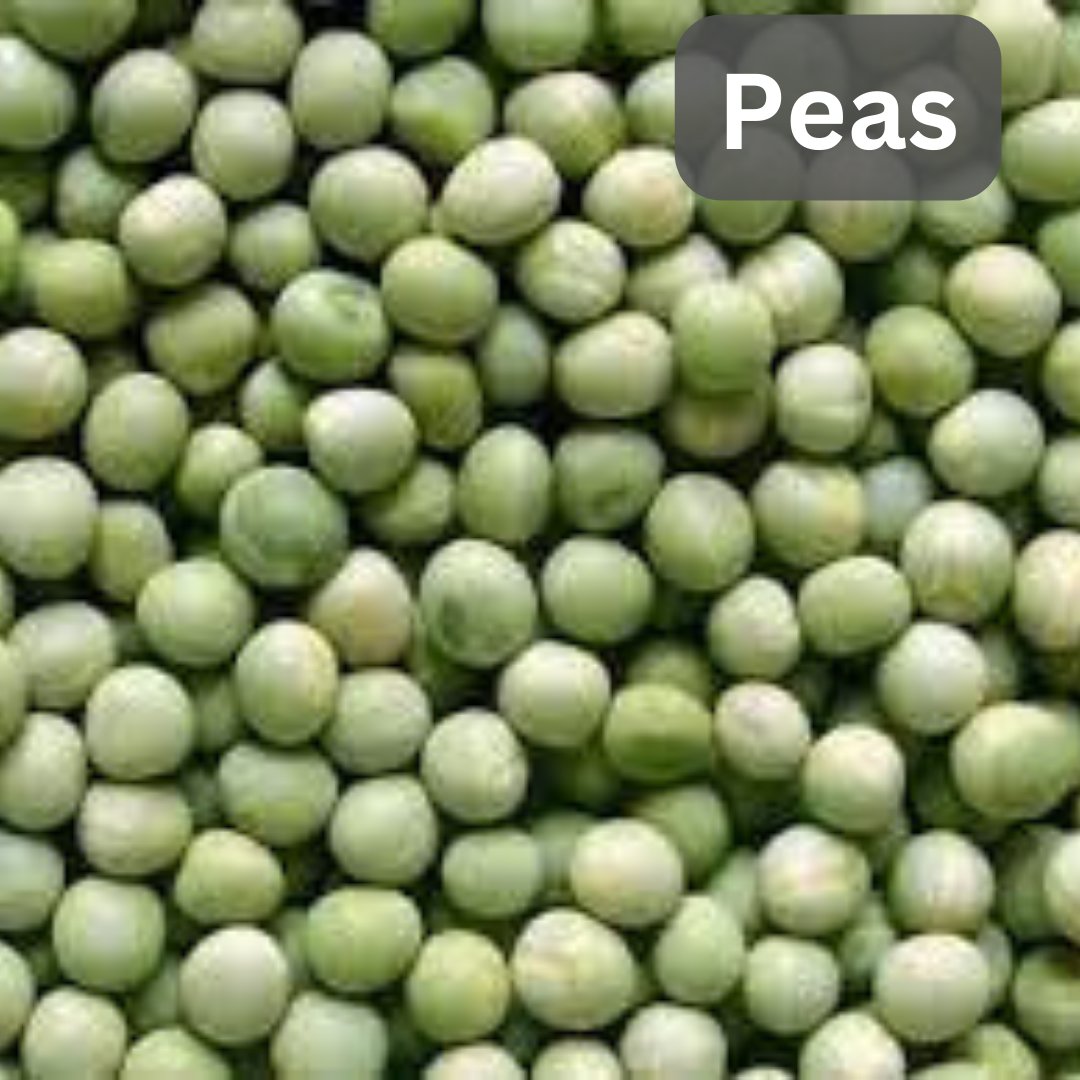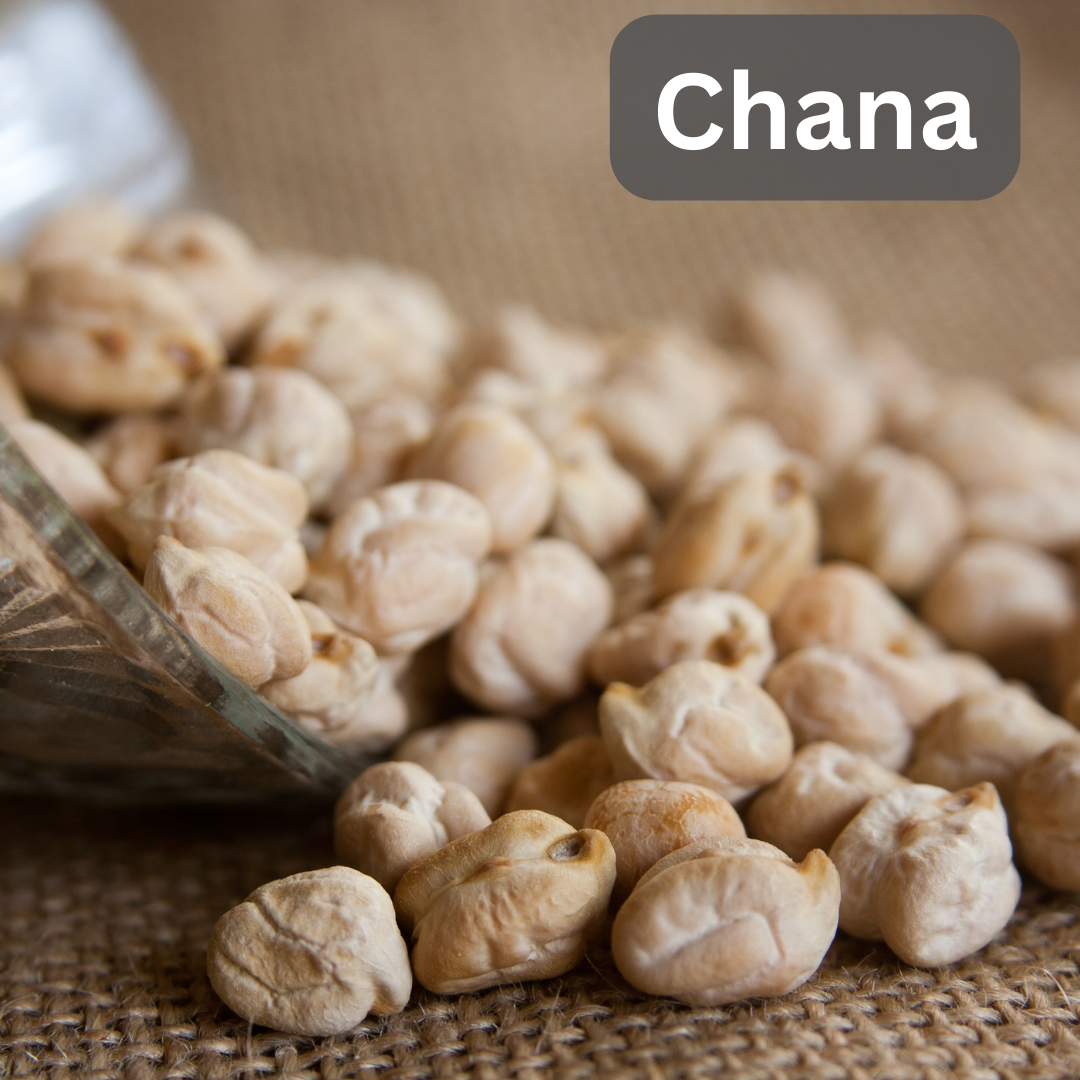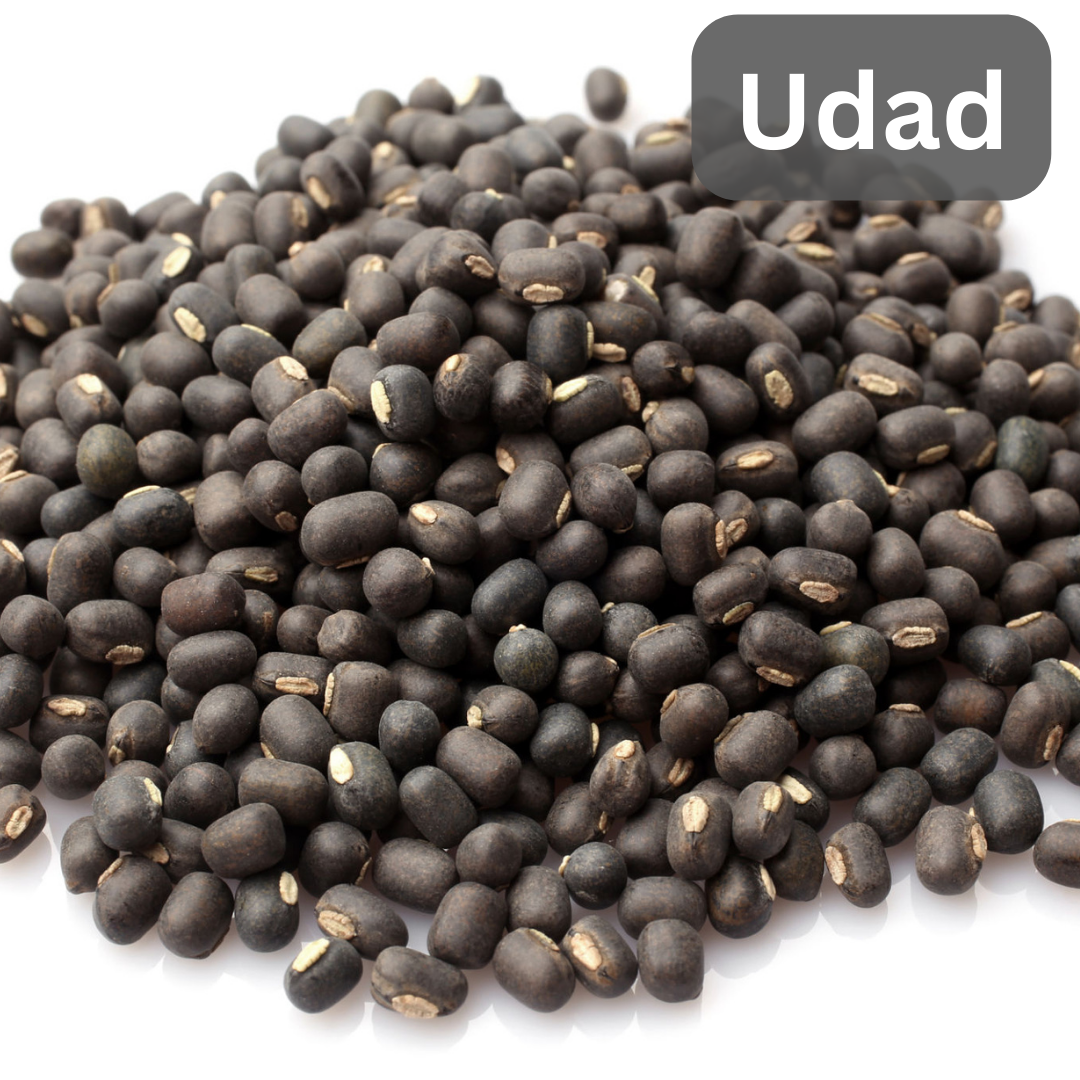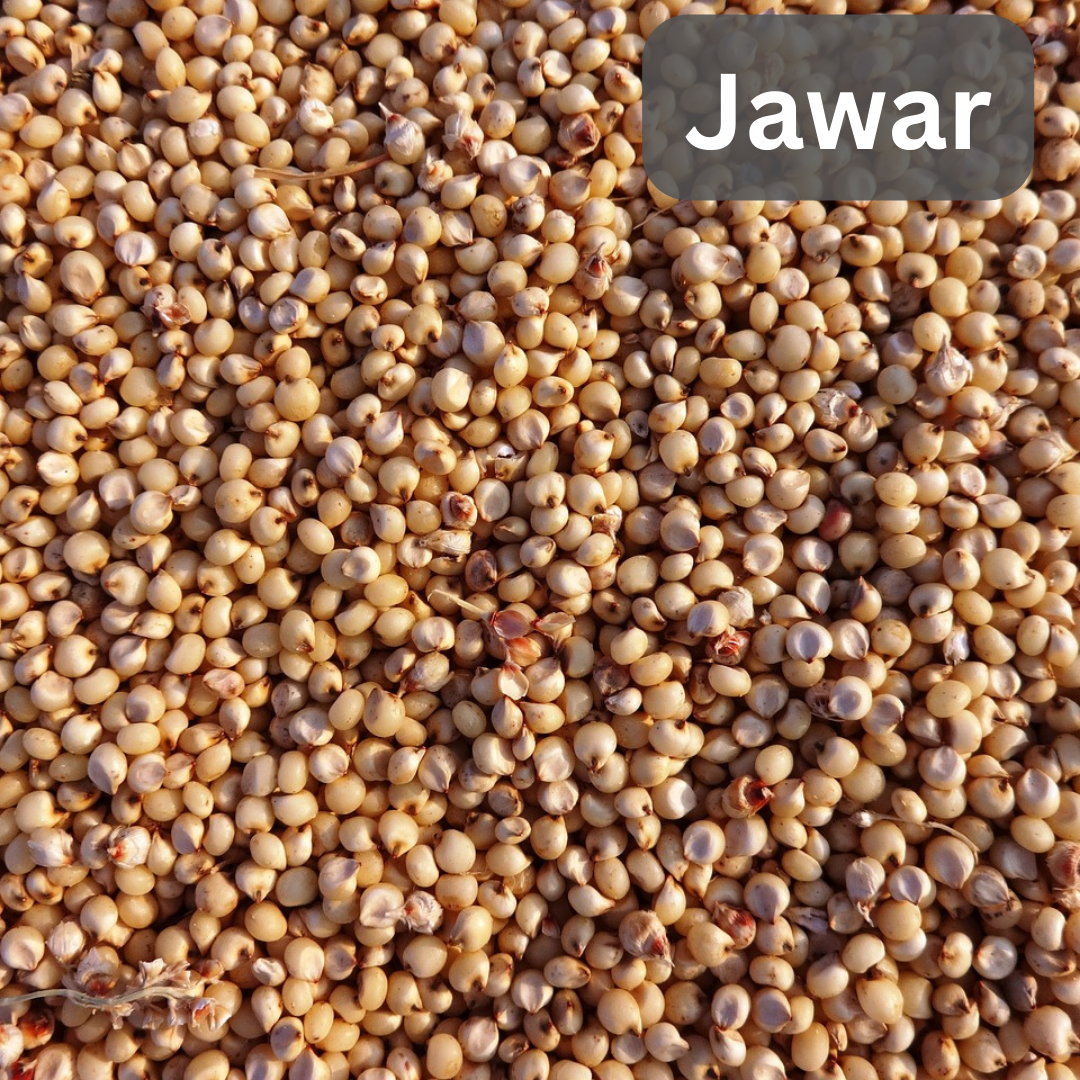Peas: Quality, Uses, and Influencing Factors
Peas, a member of the legume family, are highly nutritious and versatile crops with a wide range of applications. Understanding their quality, uses, and the factors influencing them is essential for optimizing their utilization across various industries.
Quality:
Pea quality is determined by several factors including size, color, texture, flavor, and nutritional composition. High-quality peas typically have uniform size, vibrant color, firm texture, and a fresh, sweet flavor. The nutritional quality of peas is characterized by their high protein content, dietary fiber, vitamins (such as folate and vitamin C), minerals (such as iron and potassium), and antioxidants.
- Food Consumption: Peas are commonly consumed as a nutritious vegetable in both fresh and processed forms. They are used in salads, soups, stews, stir-fries, and as a side dish. Additionally, peas are processed into products like frozen peas, canned peas, pea flour, and pea protein isolate, which are used as ingredients in various food products.
- Animal Feed: Peas are valuable components of animal feed, particularly in diets for livestock, poultry, and aquaculture. They provide protein, energy, and essential nutrients, contributing to the overall health and productivity of animals.
- Cover Crops: In agricultural practices, peas are often utilized as cover crops to improve soil health, suppress weeds, and fix nitrogen in the soil, thereby enhancing crop yields and sustainability.
- Variety: Different pea varieties have distinct characteristics in terms of size, color, flavor, and nutritional composition.
- Growing Conditions: Factors such as climate, soil quality, moisture levels, and cultivation practices influence the growth and development of peas, affecting their quality and yield.
- Harvesting and Handling: Proper harvesting techniques and post-harvest handling practices are essential for preserving pea quality. Harvesting at the optimal stage of maturity and minimizing mechanical damage during processing and transportation are critical.
- Storage Conditions: Peas should be stored in conditions that maintain their freshness and nutritional quality, including proper ventilation, temperature, and humidity control, and protection from pests and mold.
Uses:
Factors Influencing Quality:
In summary, peas are nutritious and versatile crops with diverse applications in food, feed, and agricultural systems. Understanding and optimizing pea quality, uses, and the factors influencing them are essential for maximizing their value and benefits across various industries.





